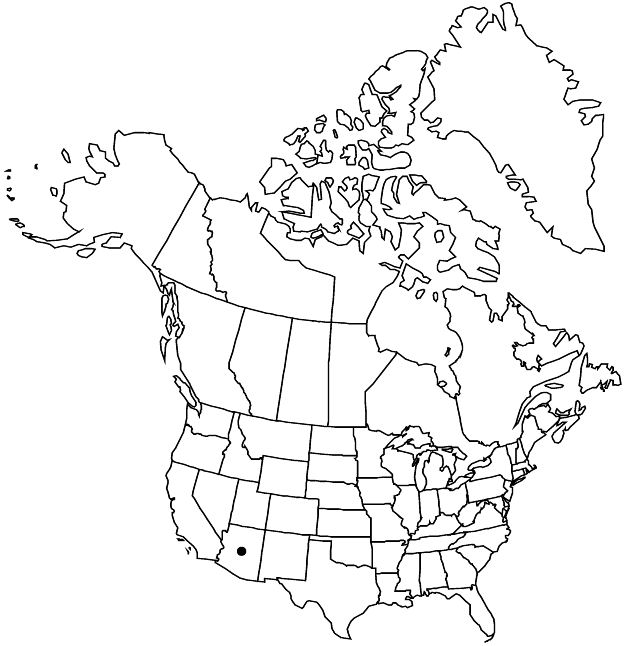Passiflora mexicana
Ann. Mus. Natl. Hist. Nat. 6: 108, plate 38, fig. 2. 1805.
Stems subangular, glabrous. Leaves not pungent, glabrous; stipules linear-subulate, 1.5–2.5 × 0.5 mm, eglandular; petiole eglandular; blade roughly symmetric, 1.5–7 (–15) × 2.5–8 (–14) cm, moderately to deeply 2-lobed, margins entire; abaxial fine veins weakly to moderately raised, abaxial nectaries not along leaf margins, usually in 2 lines and rarely extending into leaf lobes at least on flowering-stems. Floral bracts linear-subulate, 1–4 × 0.5 mm, margins entire, eglandular. Flowers: floral-tube absent; sepals green, 13–17 × 4–6 mm; petals green, 3–4 × 1 mm; corona filament whorls 2, outer filaments red, becoming purple, linear, terete, 5–12 mm. Berries purple-black, globose to subellipsoid, 8–16 × 7–14 mm.
Phenology: Flowering Jul–Sep.
Habitat: Riparian woodlands, semiarid shrublands
Elevation: 600–1400 m
Discussion
The leaf shape of Passiflora mexicana is varies greatly within individual plants. Lateral leaf lobes are much shorter and apically rounded on slower-growing or flowering branches, but are relatively long and truncate on vigorously-growing, nonflowering branches, suckers, and young plants. A striking feature of this species is that as the flowers become less receptive to pollination the coronal filaments and limen (disc at base of the androgynophore) dramatically change color; the corona from red to purple, the limen from orange to yellow or white. The typically fetid flowers of this species may be wasp-pollinated (J. M. MacDougal and R. McVaugh 2001).
Passiflora mexicana may consist of a small complex of species.
Selected References
None.
Lower Taxa
"fine" is not a number.
